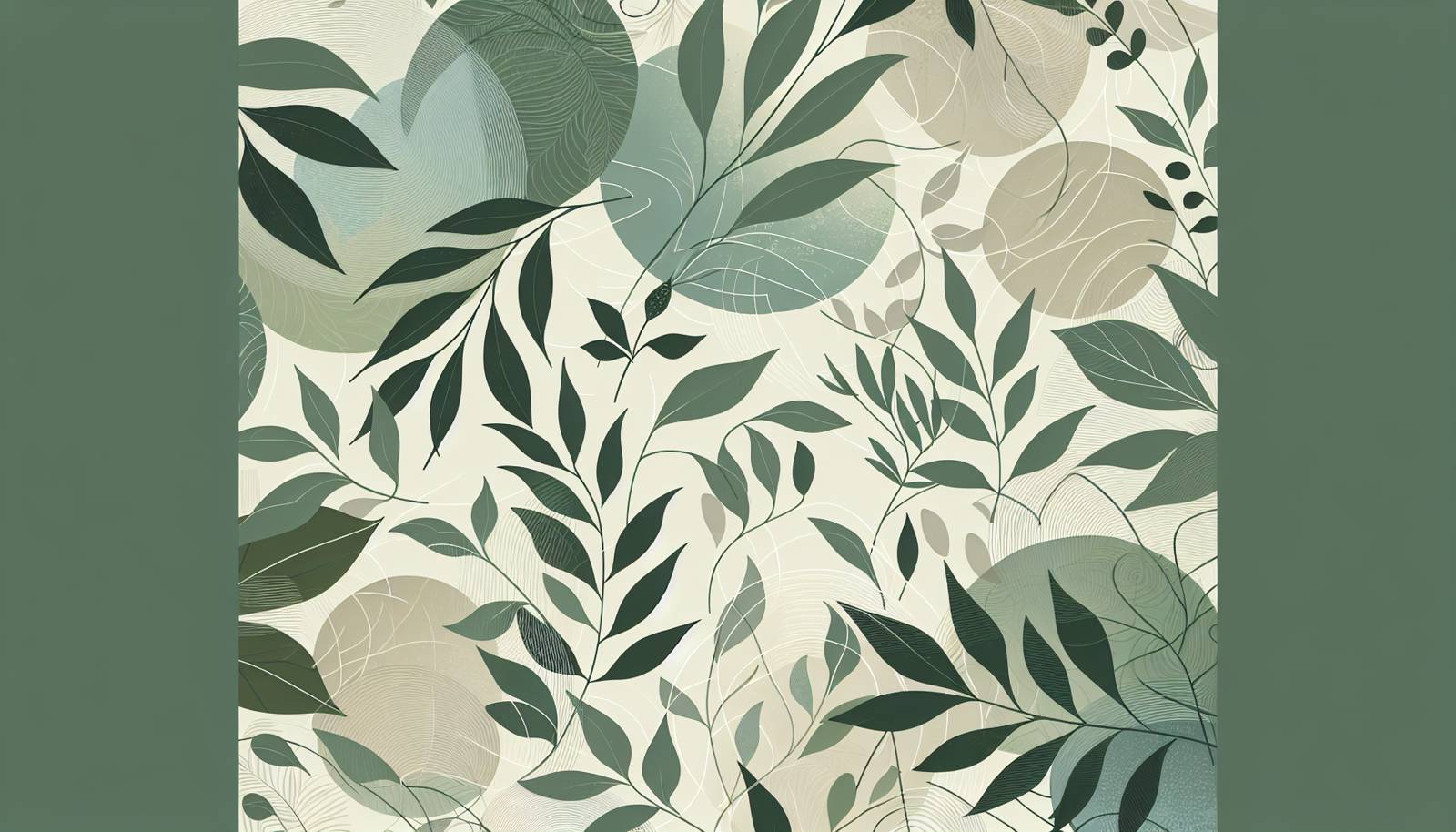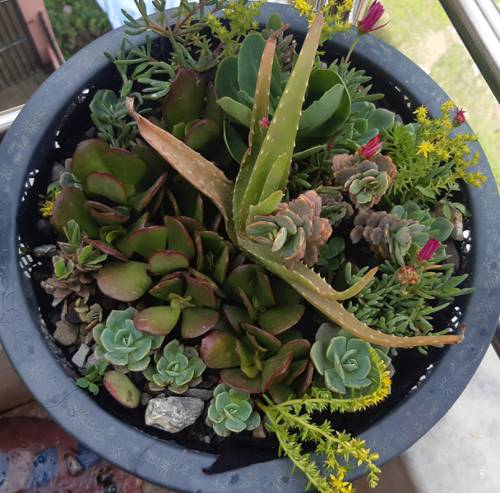
FAQ About Indoor Ground Cover Plants

What are indoor ground cover plants?
Indoor ground cover plants are low-growing plants used to cover the surface of the soil in indoor pots or garden setups. They help enhance the aesthetic appeal of indoor spaces, control moisture retention, and even reduce soil erosion.

Why should I use ground cover plants indoors?
Using ground cover plants indoors offers various benefits, including improved aesthetics, moisture retention, soil erosion prevention, and providing a lush, natural appearance to indoor spaces. They also help in stabilizing the temperature of the soil and can prevent the growth of weeds.

What are some popular indoor ground cover plants?
Some popular indoor ground cover plants include moss, creeping fig (Ficus pumila), baby tears (Soleirolia soleirolii), and rabbit's foot fern (Davallia fejeensis). Each offers unique textures and appearances to enrich indoor landscapes.

How do I maintain indoor ground cover plants?
To maintain indoor ground cover plants, ensure they receive adequate light, appropriate watering, and occasional pruning to manage growth. Be mindful of the specific needs of each type, as some may require more humidity or particular soil conditions.

Can indoor ground cover plants survive in low-light conditions?
Yes, some ground cover plants can thrive in low-light conditions. Varieties like moss and certain ferns can adapt to limited light, making them ideal for rooms with less natural sunlight.

Do indoor ground cover plants need special soil?
Most indoor ground cover plants thrive in well-draining soil that retains some moisture but does not become waterlogged. It's important to choose a soil mix suited to the specific needs of the plants you're using for ground cover.

How often should I water indoor ground cover plants?
The watering needs of indoor ground cover plants vary by species but generally should be consistent to maintain soil moisture without overwatering. Check the top layer of the soil for dryness to determine when watering is needed.

What are the best places to use ground cover plants indoors?
Ground cover plants can be used effectively in indoor planters, terrariums, or around larger potted plants to provide a lush undergrowth. They can also be part of tabletop gardens or used to fill spaces in indoor garden setups.

Can indoor ground cover plants help prevent soil erosion?
Yes, indoor ground cover plants can help prevent soil erosion by holding the soil in place with their root systems, especially around potted plants or in larger planter installations.

Are there any pests that affect indoor ground cover plants?
Indoor ground cover plants can be susceptible to pests such as aphids, mealybugs, or fungus gnats. Keep the plants healthy and monitor them regularly to control any pest issues before they become serious.

How can I propagate indoor ground cover plants?
Many indoor ground cover plants can be propagated through cuttings or division. For plants like creeping fig or baby tears, snip a section of the plant and root it in water or soil. Moss can be propagated by dividing and replanting custom-sized pieces.

Can indoor ground cover plants improve indoor air quality?
While ground cover plants generally do not have the same air-purifying capabilities as some larger plants, they can contribute to a healthier indoor ecosystem. By increasing humidity and covering bare soil, they can help reduce dust and allergens.

Do all ground cover plants need high humidity to thrive indoors?
Not all ground cover plants require high humidity, though many appreciate a humid environment. Plants like moss and ferns typically need more humidity, while creeping figs can tolerate a wider range of indoor conditions.

Are indoor ground cover plants suitable for terrariums?
Yes, indoor ground cover plants are excellent choices for terrariums due to their compact size and lush appearance. Mosses, baby tears, and ferns are popular options for creating mini ecosystems in glass containers.

How do I choose the right indoor ground cover plant for my space?
When choosing the right indoor ground cover plant, consider the light levels, humidity, and size of your space. Select plants that match your environmental conditions and the aesthetic you wish to achieve.

Can ground cover plants coexist with other indoor plants?
Ground cover plants can thrive alongside other indoor plants, providing a complementary layer to the undergrowth of larger plants. Ensure their care requirements align to maintain a harmonious arrangement.

What are common mistakes to avoid when growing indoor ground cover plants?
Common mistakes include overwatering, inadequate lighting, and choosing the wrong type of plant for your conditions. Paying attention to the specific needs of your plants and adjusting care as required can help avoid these pitfalls.

Do indoor ground cover plants have any disadvantages?
While they offer many benefits, indoor ground cover plants can sometimes require more maintenance than expected, such as frequent trimming or pest management. They may also contribute to mold growth in overly humid conditions.

How do I know if my ground cover plant is healthy?
A healthy ground cover plant will have vibrant foliage, consistent growth, and no signs of wilting or discoloration. Check for yellowing leaves or signs of pests, which can indicate underlying health issues.

What are the aesthetic benefits of using ground cover plants indoors?
Ground cover plants offer a lush and verdant appearance, creating visual interest with their diverse textures and colors. They add a natural element to indoor designs, making spaces feel more inviting and dynamic.
